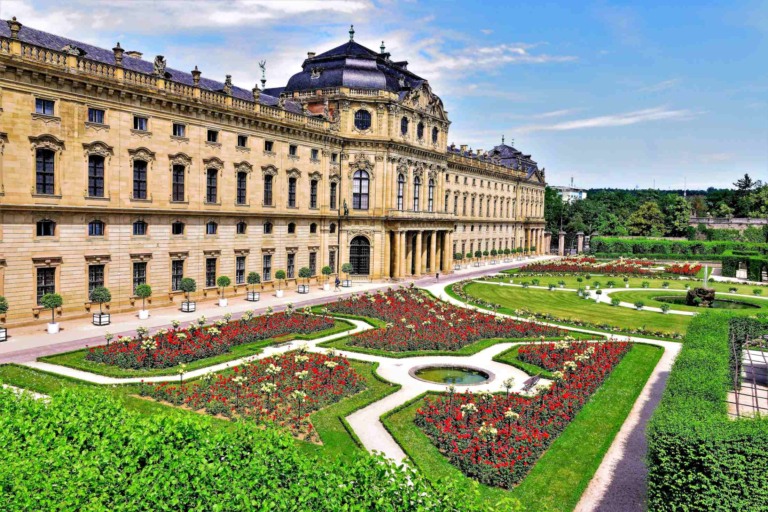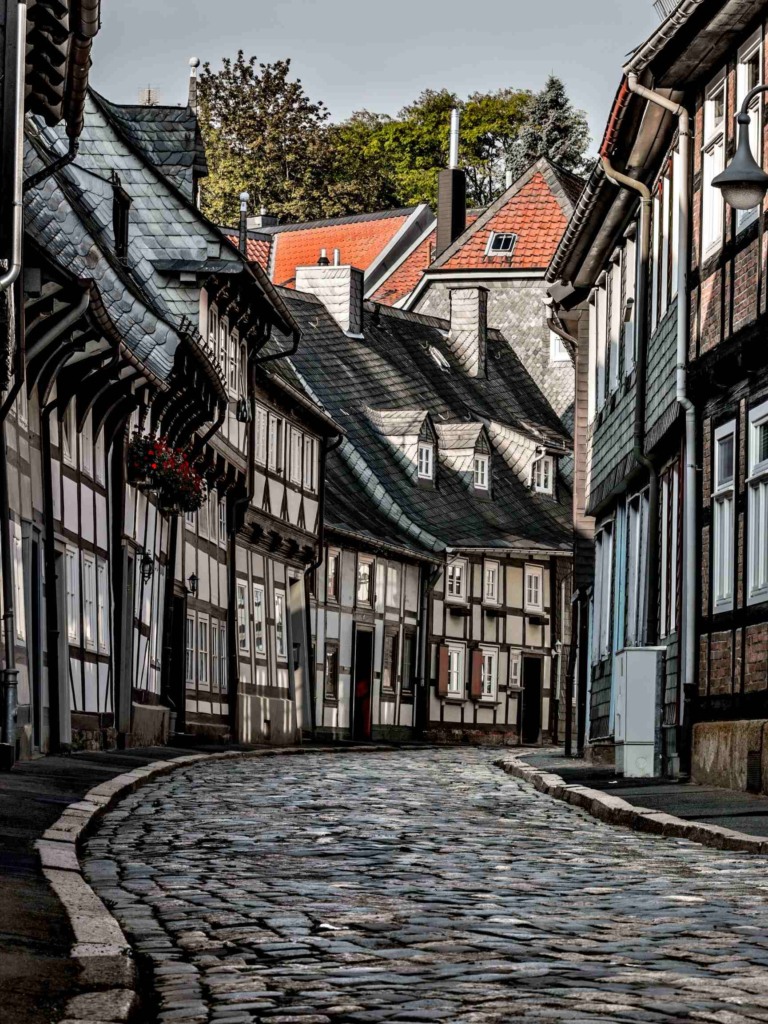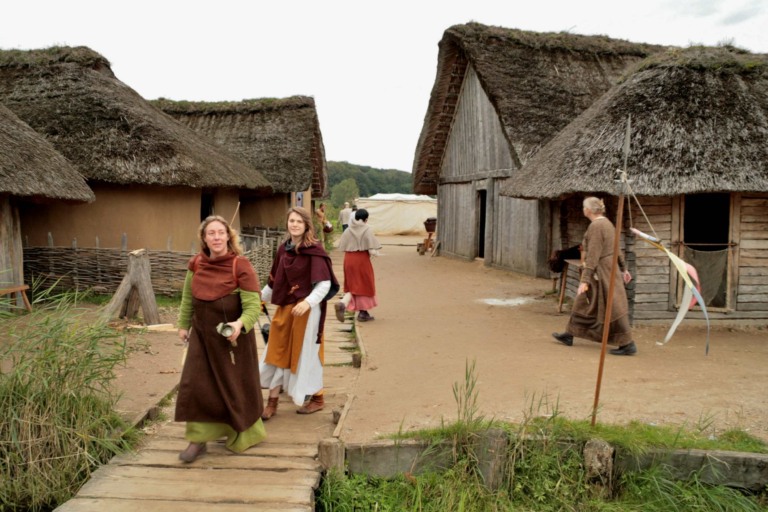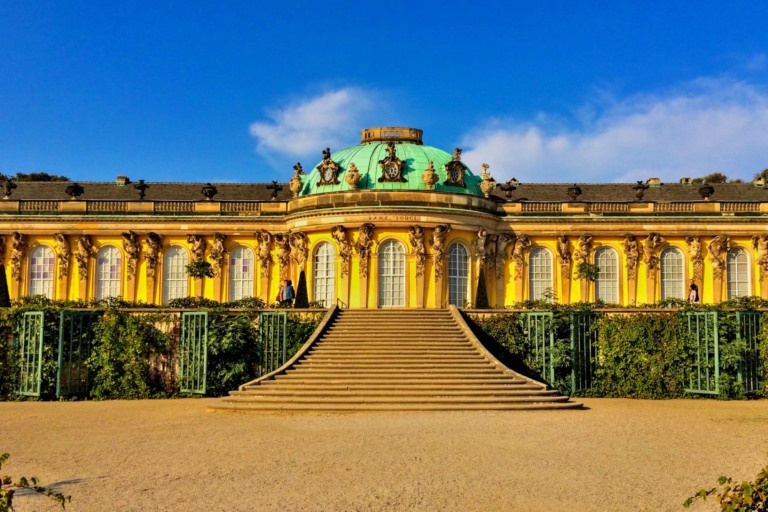The Volklingen Ironworks is a unique example of how pig iron was made in Western Europe. They are in the western part of Germany, close to the border with France. The building is also an ERIH (European Route of Industrial Heritage) stop. Volklinger Hütte is an old blast furnace building in Volklingen, Saarland, Germany. The land was used to make pig iron from 1882 to 1986. As one of the few 19th- and early-20th-century ironworks still in good shape in Europe and North America.
Volklingen Ironworks History
In 1873, Julius Buch planned and built a steelworks near Volklingen on the banks of the Saar River. Six years later, though, the steel works stopped working, and Karl Rochling bought them. Work on a blast furnace to make iron started in 1881, and the first smelter opened two years later. Four new kilns were built between 1885 and 1893, and in 1897, a coking plant was added. The Volklingen Ironworks got its first engines that ran on gas in the year 1900. It was the first large ironworks to use furnace gas to power its blast furnaces.
In the 1910s, more steel bars were made at the Volklingen Ironworks than anywhere else in Germany. At the beginning of the 20th century, companies all over the world copied the technology used at the ironworks. During and after World War I, there was a shortage of workers, so up to 1,446 people from Germany’s occupied areas, mostly from Russia and Belgium, were made to work at the Volklingen Ironworks. More than 143 of these people died during that time.
During World War II, people were again forced to work. At the plant, 12,393 people, including war prisoners and people who had been kicked out of the Soviet Union, worked in harsh and cruel conditions. After World War II, the plant did not get much care until 1986, when the economic crisis forced it to close. The blast furnaces and the old coking plant are still there, so the ironworks still look like they did in the 1930s.
The “Stiftung Industriekultur,” which means “Industrial Culture Foundation,” was started at the beginning of 1996. Its goal was to show how the Volklingen Ironworks have changed over time and to make the site more culturally approachable. Meinrad Maria Grewenig was the first General Director and Managing Director of Volklingen Ironworks, which is a World Heritage Site. Ralf Beil has been in charge of the Volklingen Ironworks World Heritage Site as its General Director since May 1, 2020.
Völklingen Ironworks Germany
The Volklinger Hütte is now a museum and a unique place for foreign exhibitions, festivals, and music. The Ferrodrom is a place where people can see and touch how iron is made. People can watch things being made. There are a lot of big gas machines in the fan hall. The gas from the blast furnaces drove them, and they made the wind that the blast furnaces needed.
Today, parts of the fan hall are used for shows. At the Volklingen Ironworks, there is also an event called the UrbanArt Biennale. Since 2011, every two years there has been a show of urban art called the UrbanArt Biennale. The goal of the Biennale is to show where this art movement is now, track its growth, and give an outline of the urban art scene around the world.
Völklinger Hütte
The Volklingen Ironworks was named a UNESCO World Heritage Site in 1994 because it has been well taken care of and shows how heavy metals were used during the Industrial Revolution. No other historic blast furnace complex has survived that shows the whole process of making pig iron in the same way, with the same level of accuracy and completeness, and is backed up by such a long list of engineering milestones.
The Volklingen monument shows the industrial history of the 19th century and, in particular, the industrial history of the Saar-Lorraine-Luxembourg area in the middle of Europe. When the Ironworks were built in the late 1800s and early 1900s, during the First and Second Industrial Revolutions, they became a symbol of what people could do. It has tools for every step of making pig iron, from moving and preparing raw materials like coal and iron ore to making iron in a blast furnace.
It also has things like tools to clean the gas and blow it out. The buildings are still the same as they were when construction stopped in 1986. After the coking plant was rebuilt in 1935, no new equipment was added. As a result, the whole place looks like a 1930s ironworks. Individual pieces that have kept a lot of their original shape tell a lot about the history of the works.








